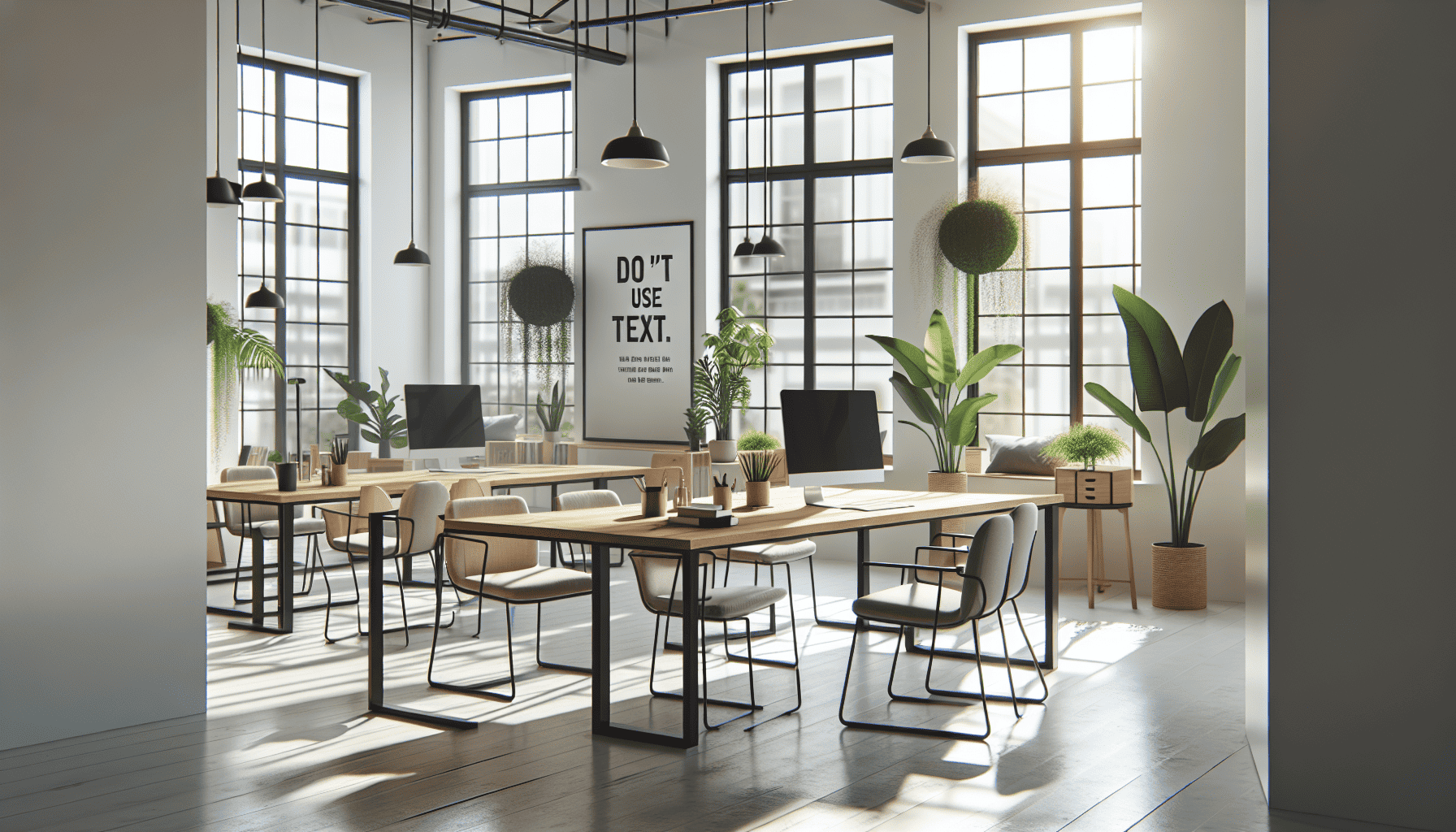Creating an office environment that enhances productivity and creativity involves more than just picking stylish furniture or modern art. The right interior design strategy can significantly impact employee mood, efficiency, and well-being. Here’s a guide to help you navigate the essentials of choosing the perfect office interior design.
Understand Your Needs and Goals
Firstly, identify the primary goals for your office space. Are you aiming to enhance collaboration among employees, improve concentration, or offer flexibility with spaces that can be easily adapted for different uses? Understanding these objectives will help guide your design choices.
Consider Employee Input
Your employees are the ones who will spend the most time in the office, so their input is invaluable. Conduct surveys or workshops to determine what features they value most in their workspace. Do they prefer open spaces or private cubicles? Is there a need for more natural light or plants? Incorporating their feedback not only ensures a more effective design but also fosters a sense of ownership and satisfaction.
Focus on Ergonomics and Comfort
Comfort should be a priority in your office design. Ergonomic furniture reduces strain and fatigue and contributes to the physical well-being of employees. Choose chairs that provide support, adjustable desks, and computer setups that promote good posture. Every aspect of the workspace should help minimize health issues and maximize comfort.
Light and Color Scheme
Lighting and color have profound effects on mood and productivity. Natural light, whenever possible, should be maximized, as it reduces eye strain and boosts mood. When natural light is limited, opt for LED lighting that mimics daylight. For colors, consider neutral palettes as a base to create a calm environment, but do not shy away from bolder accents to inspire energy and creativity – blues and greens are known to evoke tranquility and focus, while yellows and oranges can enhance creativity.
Take Advantage of Technology
In today’s digital age, an office design must integrate technology smoothly. Ensure that your workspace has the infrastructure to support various tech needs, from multiple charging stations to seamless video conferencing capabilities. This not only supports current workflows but also keeps your office future-ready.
Think Flexibility and Functionality
Modern offices should accommodate various work styles. Consider creating adaptable spaces that can be easily reconfigured for different tasks – from focused workstations to collaborative meeting spots. Use modular furniture that can be moved and rearranged as needed. This flexibility caters to specific task requirements and promotes an agile working environment.
Incorporate Biophilic Elements
Nature has been shown to improve mental health and increase productivity. Incorporate biophilic design elements to bring nature into the workspace, such as living walls, potted plants, or water features. Such elements can reduce stress levels, enhance air quality, and create a more inviting atmosphere.
Define Spaces Clearly
While open-plan offices are trendy, they can sometimes lead to noise and distractions. Clearly defined zones for specific activities can help mitigate this. Designate quiet areas for focused work and separate zones for collaboration and noise-friendly activities. Use partitions, rugs, or furniture arrangement to create these boundaries effectively.
Reflect Company Culture
The office design should reflect your company’s brand and culture. This not only serves as a branding tool but also strengthens employee identity and brand loyalty. Use brand colors, motivational quotes, or artwork that resonates with your company values. This step personalizes the space and aligns with the organizational ethos.
Plan for Growth
Finally, while designing your office, keep future needs in mind. Businesses grow and change, so select designs, layouts, and products that can adapt to future expansions or technological advancements. Anticipating growth will save costs and time that might otherwise be spent on redesigns.
In conclusion, selecting the right office interior design is about balancing aesthetics, functionality, and the well-being of your employees. By prioritizing these aspects, you create a workspace that not only looks good but also supports the diverse needs of your employees, fostering a culture of innovation and productivity.
